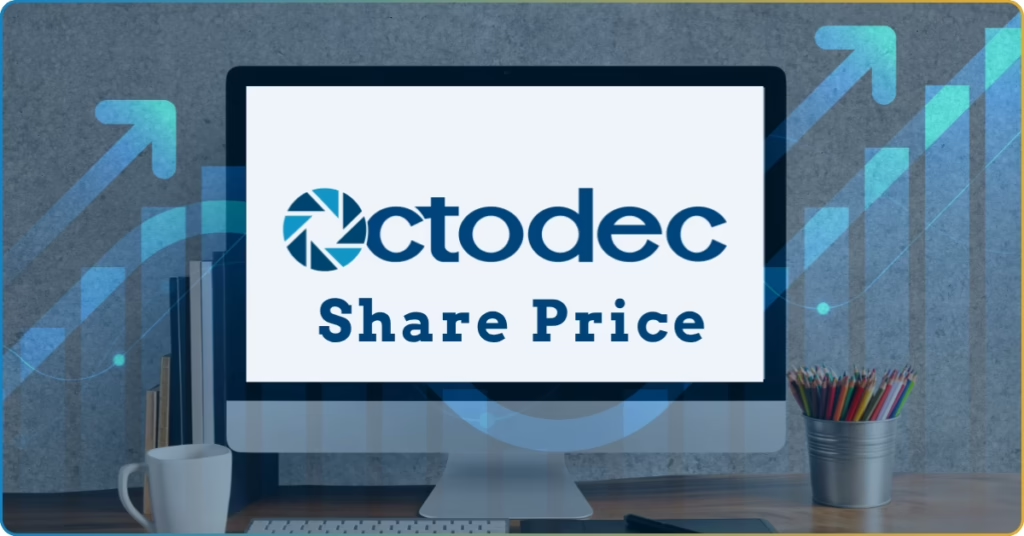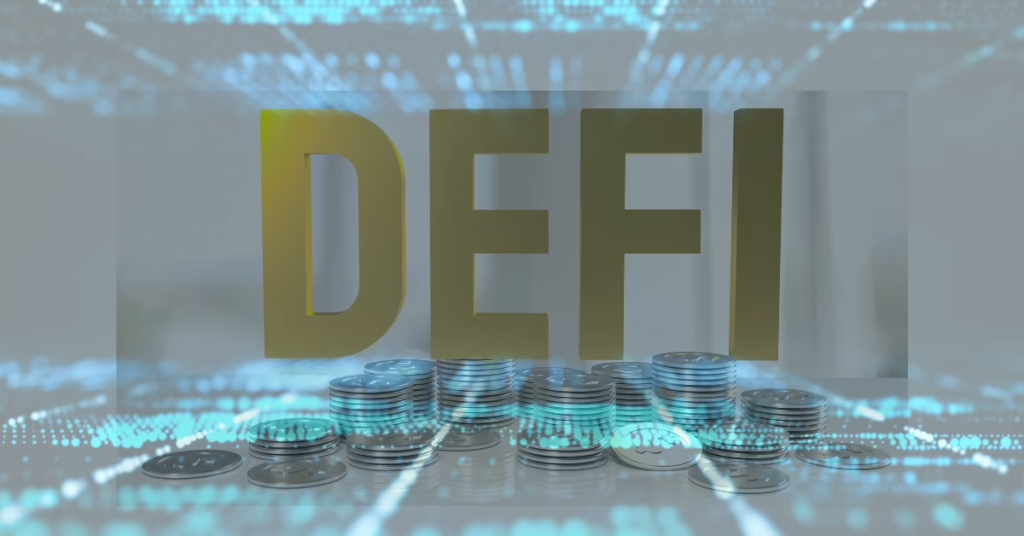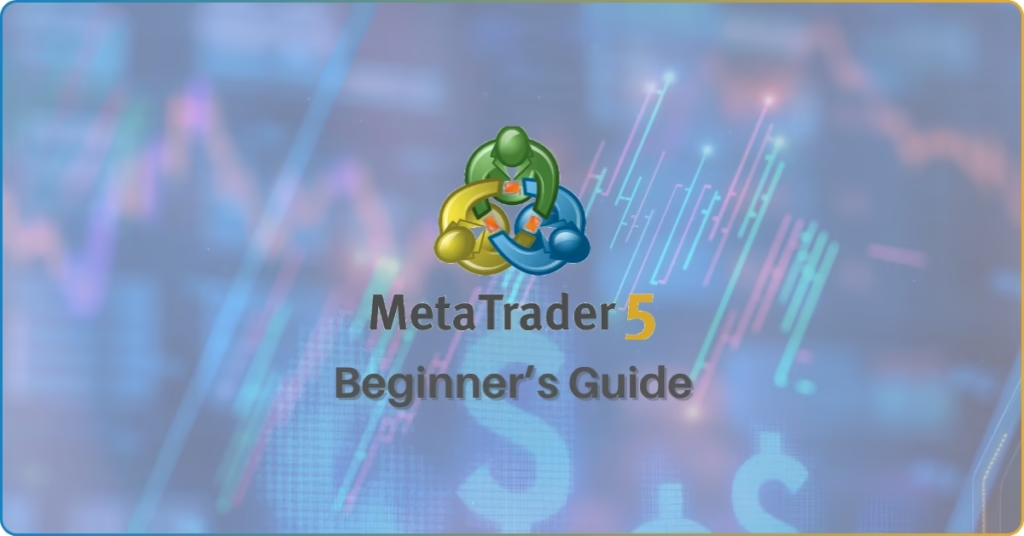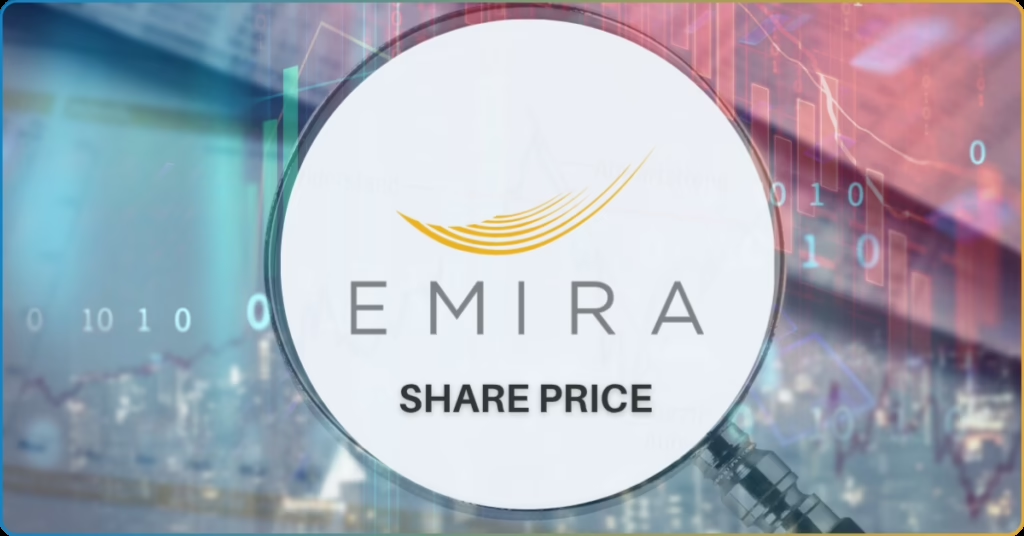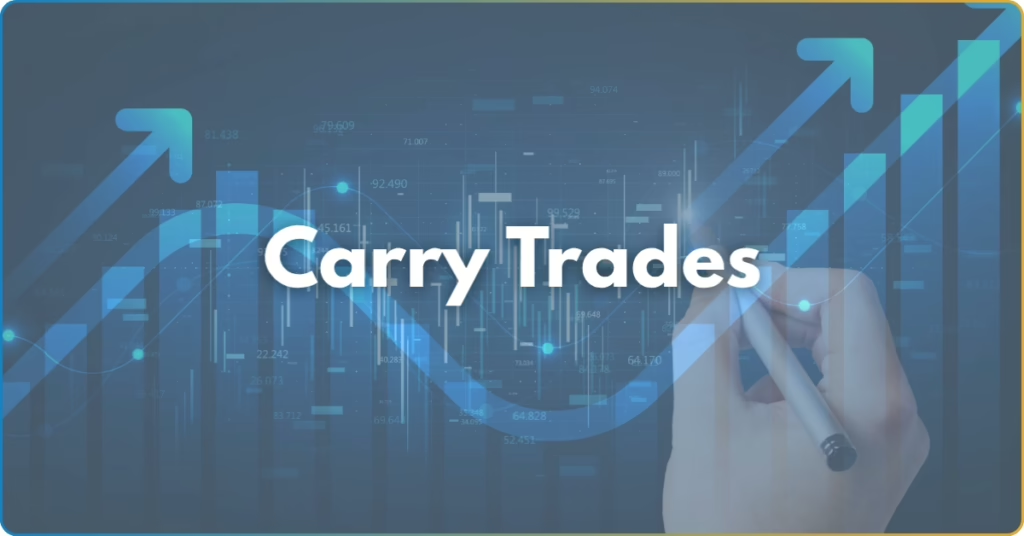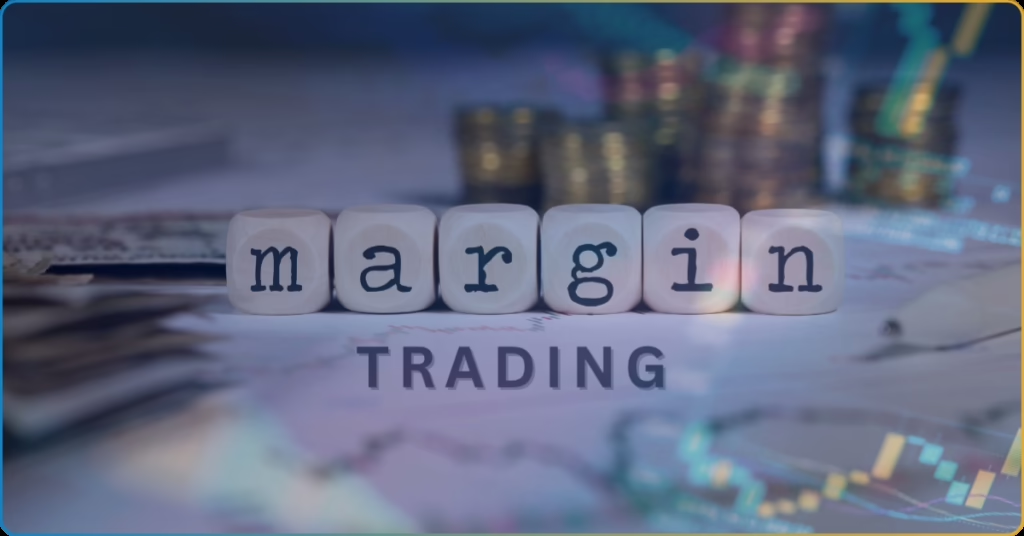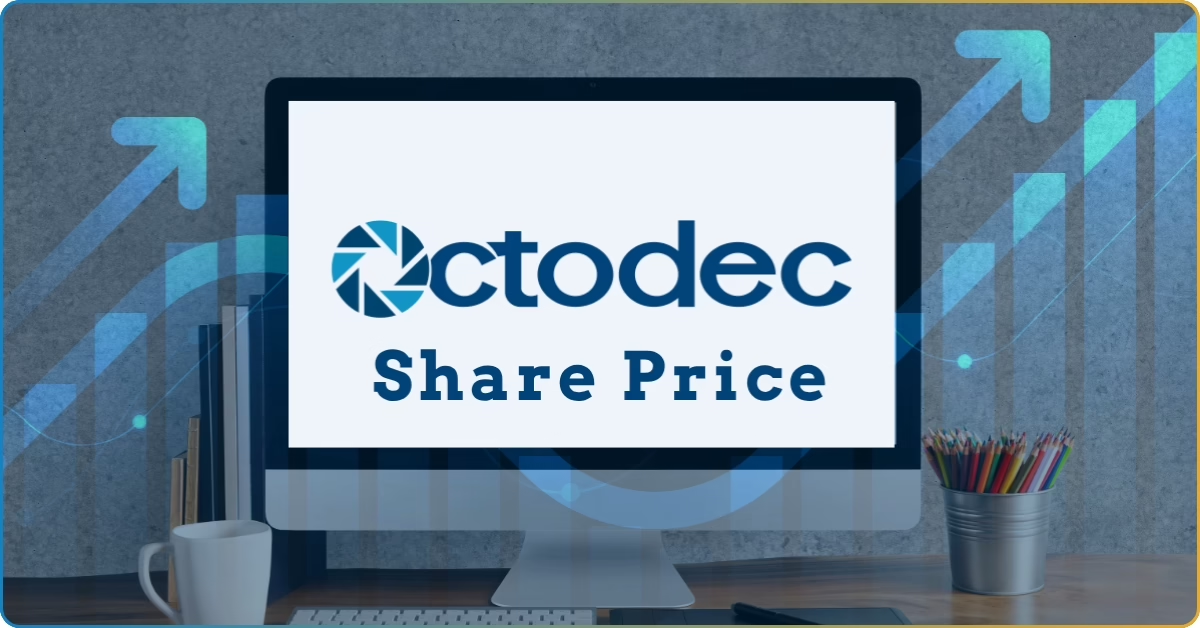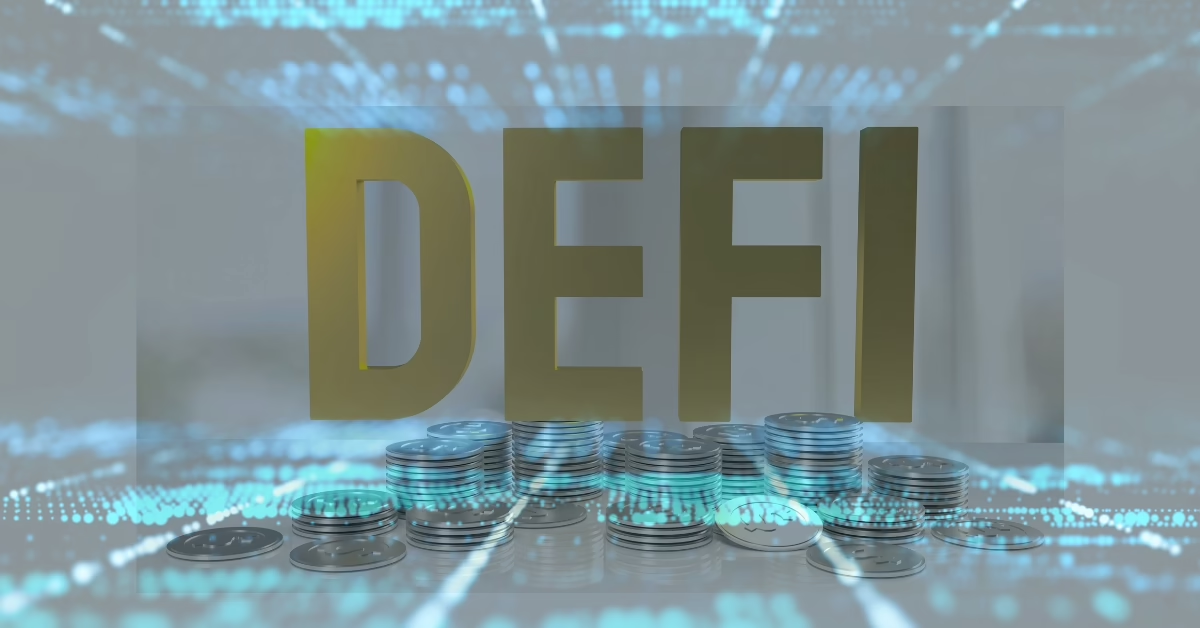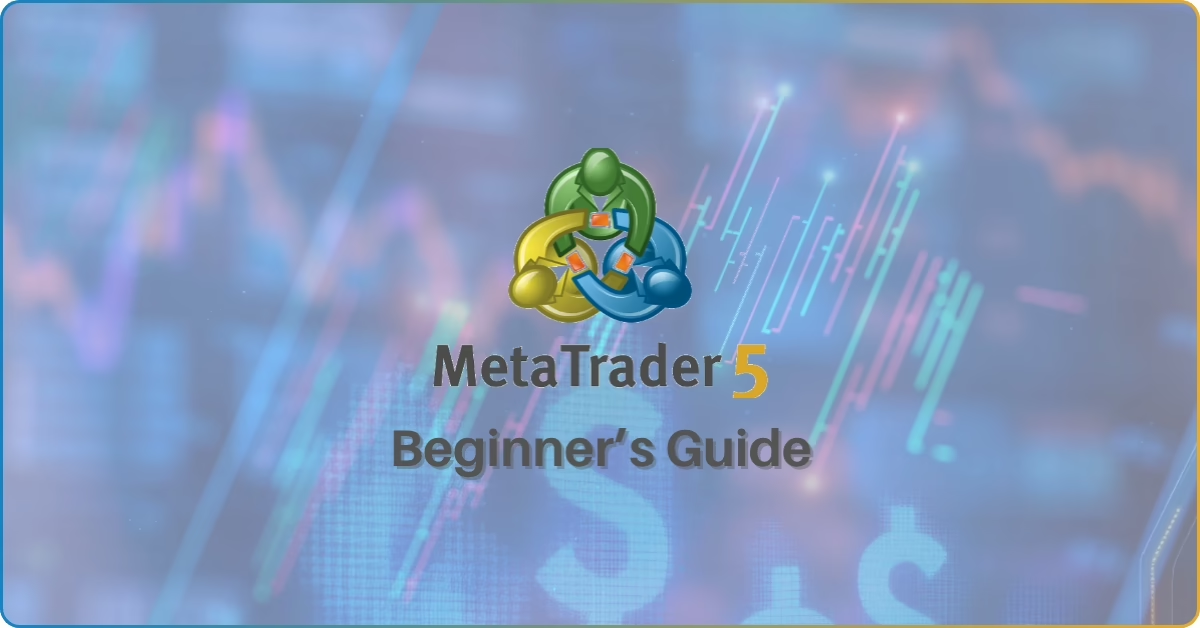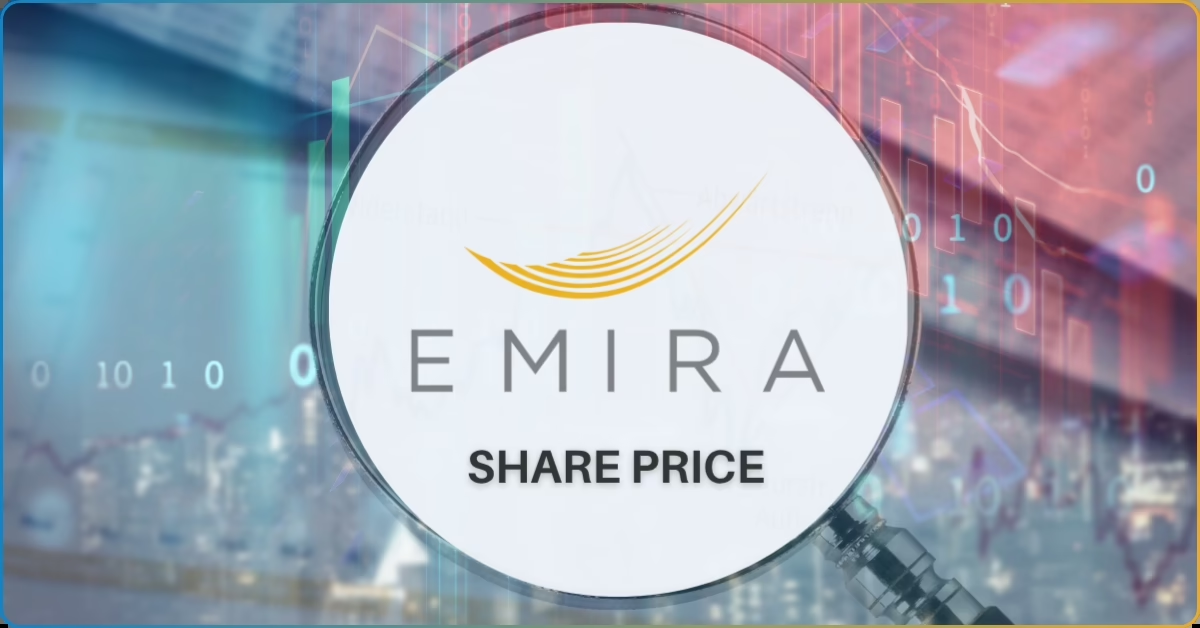AI Forex Trading—it’s a three-word phrase that holds a powerful meaning in today’s digital age and it’s even more critical for the future of trading. Most traders are intrigued because utilizing AI in trading is some kind of level-up strategy that can make trading more bearable and profitable, but is it really that easy?
Artificial Intelligence (AI) is no longer breaking news. It is everywhere, reshaping industries with rapid advancements. Now that it’s entering the world of foreign exchange (forex), a range of strategies and tools are being deployed to help traders better maximize profits.
Still, we understand that not all traders are convinced, and beginners often don’t know where to start. That’s why this TRU Insight explores the realities, complexities, risks, and strategies that can help you make AI forex trading work in your favor.
What is AI Forex Trading?
Algorithmic Trading, AI Stock Trading, and now, AI Forex Trading. It feels like bots are taking over the trading world, not just in forex but across various instruments, each with its own functions and distinctions.
When we talk about AI Forex Trading, what makes it different is that it can learn and improve on its own. Unlike regular trading bots that follow fixed rules, AI bots use something called machine learning, which means they can study huge amounts of market data, spot patterns, and adjust their strategies over time.
You don’t have to keep updating them manually. They’re smart enough to change how they trade based on what’s happening in the market. This makes them more adaptable and improves their decision-making, especially in a market like forex that’s always changing.
How AI Forex Trading Works
Behind the powerful work of AI Forex Trading is a whole ecosystem working together to make trades happen effectively. Here’s a simple breakdown to help you understand how it all works.
Data Analysis
AI trading systems rely on a mixed data source to learn how the market behaves. These includes the following:
- Historical price charts
- Real-time news updates
- Social Media Sentiment
AI processes all the information from these sources, even from tweets and headlines that can influence currency movements. This deep analysis makes it easier for the AI to spot patterns.
Modeling & Execution
Once all the data is analyzed, the AI builds a forecast and interprets market movements. Based on these predictions, it can automatically place trades without waiting for human input. The goal is to act fast and smart, adjusting strategies as market conditions change, often in real time.
AI Forex Trading Tools and Strategies
AI Forex Trading isn’t just about letting bots run trades; it’s about using smart, adaptive strategies that respond to market shifts in milliseconds. But before diving in, traders should understand how these tools work using different strategies that fit their trading style:
1. Multi-Agent AI Assistants
This strategy uses multiple AI bots working together like a team, each with a specific role in the trading process.
- Sentiment Agent: Scans news and social media for market mood shifts.
- Technical Agent: Monitors chart patterns and indicators like RSI or MACD.
- Execution Agent: Places trades based on signals from the other agents.
Instead of relying on one bot to do everything, this setup divides tasks to reduce errors and improve timing. For example, if the sentiment agent detects negative news about the euro, it alerts the execution agent to pause or adjust trades. This layered approach helps traders respond faster and more accurately to market changes.
2. AI Forecasting Models
Forecasting models are designed to predict future price movements using historical data and real-time market conditions.
- Time-Series Analysis: AI studies past price behavior to identify recurring patterns.
- Event-Based Adjustments: Models adapt when unexpected events like central bank decisions occur.
- Probability Thresholds: Trades are triggered only when the forecast meets a high-confidence level.
3. Sentiment Analysis Tools
This strategy is ideal for swing traders who want to anticipate moves after economic releases. Instead of guessing, the AI calculates probability ranges and executes trades automatically when conditions are met. It’s like having a weather forecast for the market that makes it helpful, not perfect, but often accurate enough to give you an edge.
Markets often move based on emotion, not logic. That’s why sentiment analysis is a powerful AI strategy.
- Natural Language Processing (NLP): AI reads headlines, tweets, and central bank speeches in real time.
- Sentiment Scoring: Each piece of content is rated as positive, negative, or neutral.
- Signal Integration: When sentiment aligns with technical indicators, trades are executed.
For example, if a major news outlet reports a surprise rate hike, the AI flags it instantly. Traders using this strategy can act before the broader market reacts. Beginners can combine sentiment signals with chart setups like bullish sentiment plus RSI reversal to create smarter, more responsive trades
Risks of Using AI in Forex Trading
Just like any form of AI, forex trading bots can be misleading or even risky when traders aren’t fully aware of the limitations and potential downsides:
Black Box Problem
AI trading systems often work like a “black box”; you see the results, but you don’t always know how the decisions were made. This lack of transparency can be risky, especially when trades go wrong, and you can’t trace the logic behind them. Traders should always choose tools that offer clear reporting and explainable actions to avoid blind trust.
Data Quality
AI is only as smart as the data it’s fed. If the system uses outdated, biased, or low-quality data, it can make poor decisions that cost you money. Always make sure your AI tool pulls from reliable sources and updates frequently to reflect real market conditions.
Technical Failures
Even the best AI systems can crash, lag, or misfire, especially during high-volatility events. A sudden glitch could mean missed trades or unexpected losses. That’s why it’s important to have manual overrides or backup plans in place, just in case the tech fails when you need it most.
Over-Reliance
Letting AI do all the work might sound convenient, but it’s a dangerous habit. Markets change fast, and no bot can predict everything perfectly. Traders should still monitor performance, adjust strategies, and stay informed because AI is a tool, not a replacement for human judgment.
Frequently Asked Questions
Can AI guarantee profits in forex trading?
No, AI can help improve decision-making and speed, but it doesn’t guarantee profits. The forex market is unpredictable, and even the most advanced AI tools still require solid risk management and human oversight.
Is AI better than a human trader?
AI excels at speed, data processing, and emotion-free execution, but human traders still outperform in areas like intuition, adaptability, and interpreting global events. The best results often come from combining both.
Is AI forex trading legal?
Yes, AI forex trading is legal in the U.S., provided it complies with existing financial regulations set by the Securities and Exchange Commission (SEC) and the Financial Industry Regulatory Authority (FINRA).
The Bottomline
AI is reshaping the way traders approach the forex market, bringing speed, precision, and smarter analysis to the table. But it’s not a shortcut to guaranteed profits, and it certainly isn’t foolproof.
The most effective traders are those who understand both the potential and the pitfalls, using AI as a strategic partner rather than a replacement. In the end, success lies in combining human judgment with AI’s capabilities, adapting as the market evolves, and staying informed every step of the way.
To trade smarter with AI in forex, it starts with building a solid foundation in financial literacy, and that’s exactly what CommuniTrade offers. Their free, comprehensive trading courses cover everything from forex basics to advanced strategy building.



